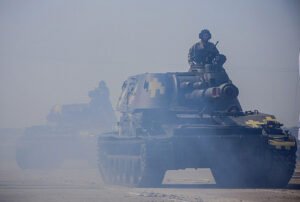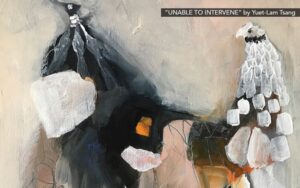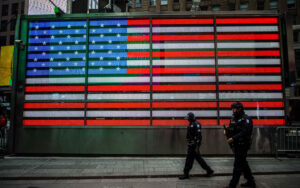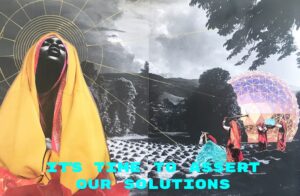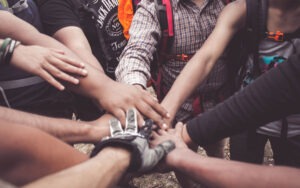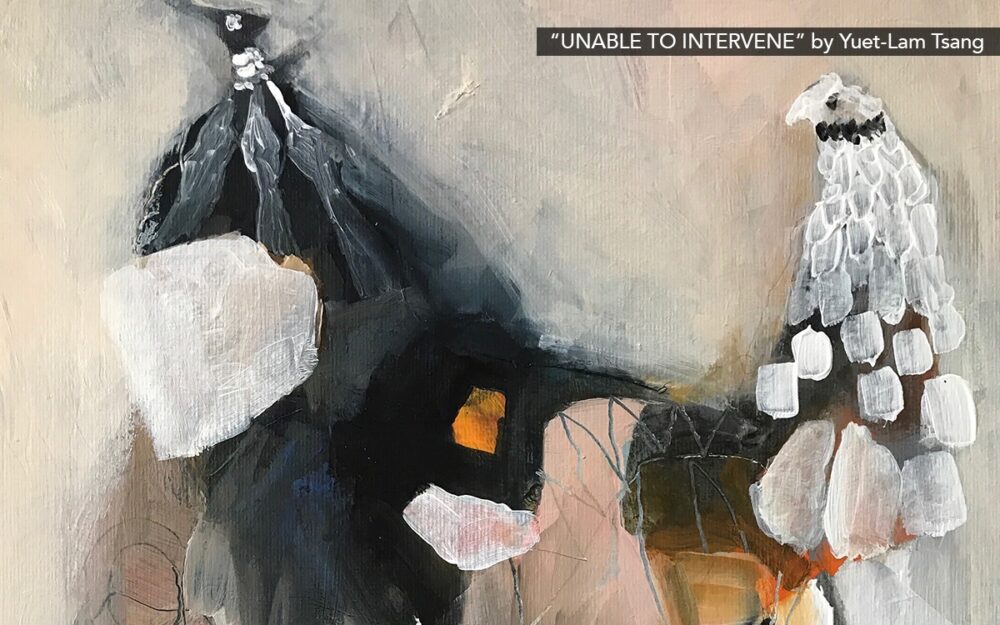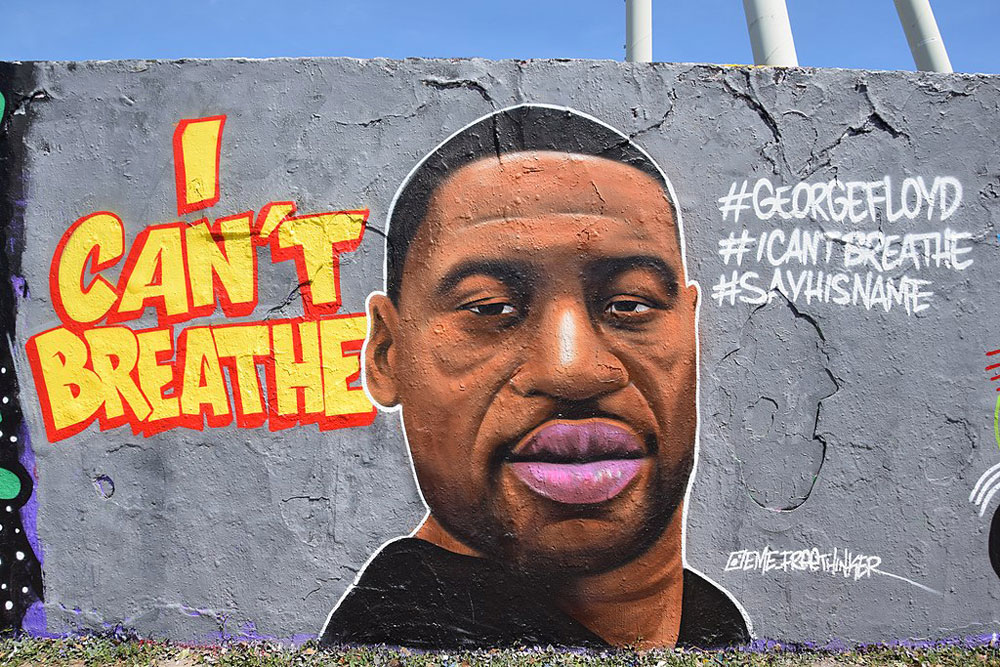
October 24, 2020; NBC News
The police shooting of Jacob Blake in Kenosha, Wisconsin, was on the minds of public-school students in nearby Burlington. Their teacher saw this as a moment to open discussion on the difficult but important subjects of race and racism. She prepared materials that included a worksheet with questions like “What is a protest?” and “How can we stop systemic racism?” and tasks like describing the Black Lives Matter movement.
The teacher, Melissa Statz, explained her motives in comments reported by NBC News: “Our kids are already experiencing racism. Our Black and brown students are dealing with it on a daily basis. If they’re old enough to experience it, then the rest of them are old enough to learn about it.”
When some parents saw what their children were being asked to think about, it set off a flare of protest from those who saw such discussion as an attack. One parent said, “I don’t think it’s bad to be talking about racial issues in school, but the whole political slant to it and biased information is what I oppose.” Another saw “Black Lives Matter” as fighting words, saying, “You can’t even go out to eat dinner without them trying to get you on your knees” and blaming “reverse racism” for “people trying to force others to believe what they believe.”
David Stovall, a criminology professor at the University of Illinois at Chicago who studies the intersection of race and school, describes this response as fueled by “fear of self-indictment.”
“You may have never owned slaves, you may have never uttered a racial epithet,” said Stovall, who is Black, “but you live in a world that assumes my criminality over my humanity, and that I think is the toughest thing for people to grapple with.”
Sign up for our free newsletters
Subscribe to NPQ's newsletters to have our top stories delivered directly to your inbox.
By signing up, you agree to our privacy policy and terms of use, and to receive messages from NPQ and our partners.
Protests and threats poured in via a community Facebook group, and the school board received demands that Statz be fired and that their school leaders ensure such an offense would never happen again. Nicole Fish, 27, a white teacher who lives in Burlington and works in Kenosha captures the divisiveness: “Our nation is still divided by issues of race, but the impression being communicated to our students that we can’t talk about it is toxic in my mind. Burlington is a microcosm of things happening in the Midwest in general, and our country at large.”
Burlington’s public schools are not unique; many schools across the nation face similar challenges. Their struggle to teach about racism in America tells a very important story about why our country is so divided and why we find it so difficult to come to grips with our history. Across the country, in Sarasota, Florida, another parent confronted her school board in a similar manner. According to the Herald-Tribune, a mother of four children challenged the school board about their embrace of “the narrative of identity politics” to “divide people based on skin color, their gender, race, and now apparently based on their sexual orientation and gender preference” through their embrace of LGBTQ support and Black Lives Matter.
Kathleen Osta, managing director of the National Equity Project, observes that this year is something heretofore unseen. “No one has seen 2020—no one knows what it’s like to educate at this moment. There’s so much divisiveness. Administrators are afraid people are going to come for them, and they’re not wrong. But they have to be willing to stand in some fire and take some heat.” And the heat is there, and real. Their challengers have more than their own ignorance and prejudice to fall back on; they bring with them words embossed with the presidential seal.
Some have chosen to merely keep controversy at bay by avoiding confrontation. Responding to protests in his district, Sarasota County School Superintendent Brennan Asplen says, “We are a public-school system. We don’t pick and choose who we will and will not educate…our teachers cannot indoctrinate or convert students to certain group mentalities.” In Burlington, school leaders tried a similar approach to Statz’s lesson plans. But after an open school board meeting spotlighted what was at stake, a brave superintendent wrote an open letter to his community recognizing the need to confront the reality of racism head-on. He called out the racist, hateful, and threatening push back and said to his community that they must stop.
I see how my perspective was offensive and understand that there is no neutrality when pursuing equity. The fact that we even need to specifically say that Black Lives Matter to affirm the importance of human beings is to say that we as a nation have not done a good job of regarding Black and brown people as valuable members of our society historically or currently.
The struggle in Burlington, in Sarasota, and in every other community is to recognize who we are as people and take responsibility for our history. It put the onus on leaders to respond. Teachers, school administrators and school boards must choose which side they are on. In this moment of strife, the words of Alicia Garza , an early leader of the Black Lives Movement, writing in the Feminist Wire, are important to keep before us: “When Black people get free, everybody gets free. We’re not saying Black lives are more important than other lives…we know that our destinies are intertwined.”—Martin Levine


